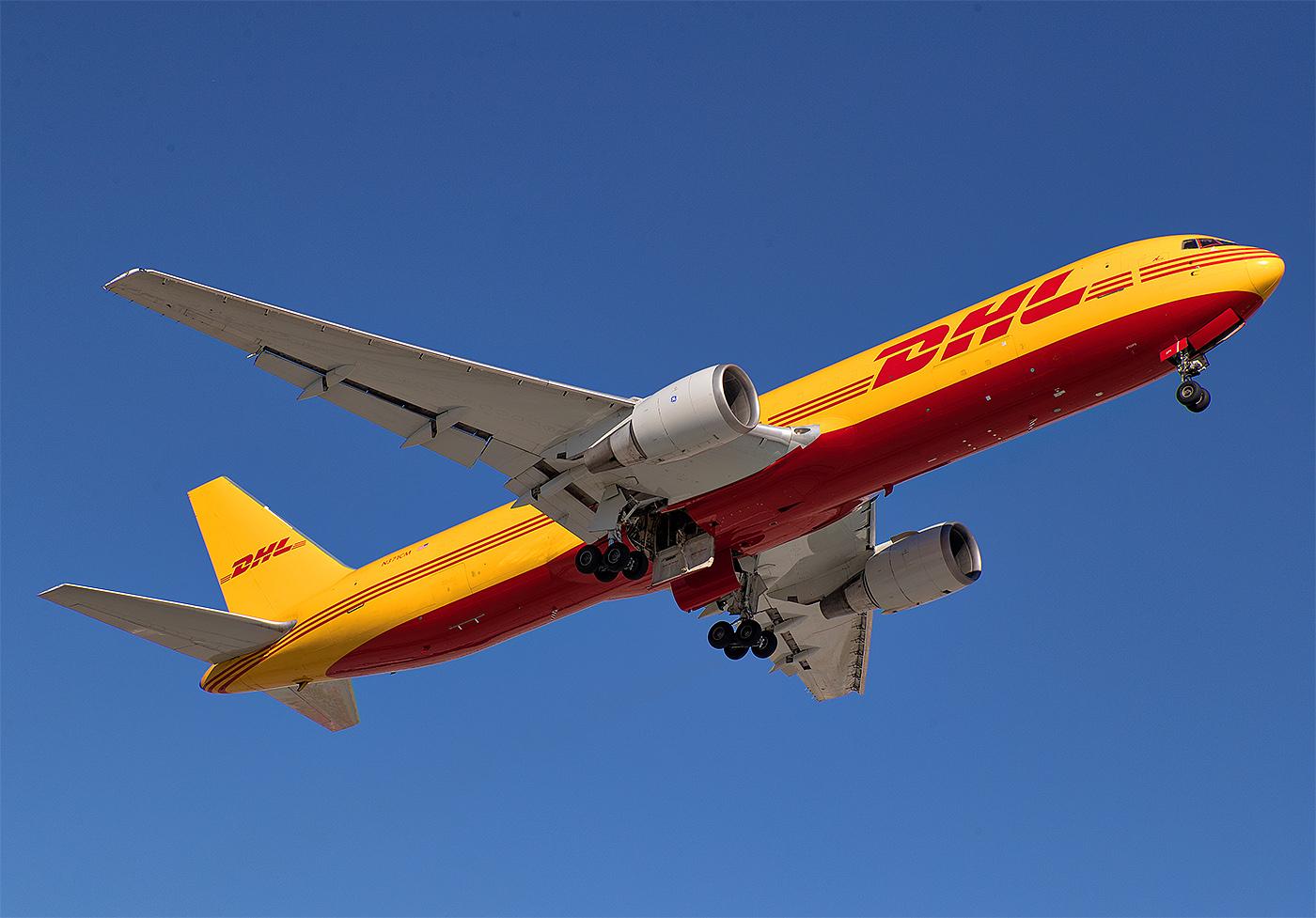
Credit: Joe Pries
Air cargo leasing specialist Air Transport Services Group (ATSG) sees the Airbus A321 and A330 platforms as ideal complements and key contributors to future growth, even as the Boeing 767 remains the company’s flagship fleet type. The company recently accelerated introduction plans of its first...
Subscription Required
This content requires a subscription to one of the Aviation Week Intelligence Network (AWIN) bundles.
Schedule a demo today to find out how you can access this content and similar content related to your area of the global aviation industry.
Already an AWIN subscriber? Login
Did you know? Aviation Week has won top honors multiple times in the Jesse H. Neal National Business Journalism Awards, the business-to-business media equivalent of the Pulitzer Prizes.
